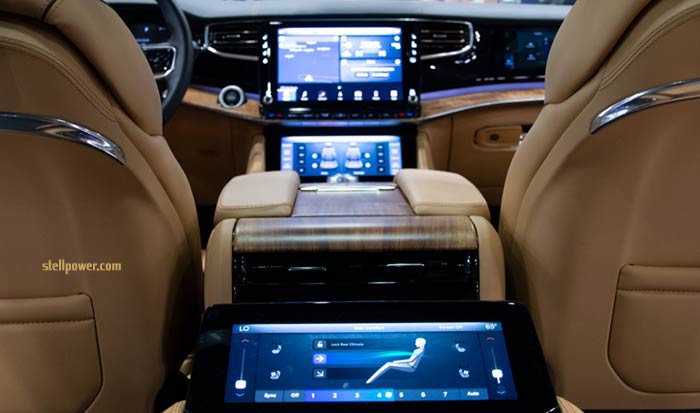Yesterday, Stellantis, BlackBerry, and Amazon announced a virtual cockpit to “transform vehicle software engineering.” The combination uses QNX’s hypervisor (virtualization software, which creates a virtual computer) delivered on Amazon Web Services (AWS) to provide a virtual cockpit, claimed to be the first of its kind. Stellantis claimed that this would speed up development cycles by up to 100 times.

The goal of this system is to provide a realistic virtual version of the car’s controls and systems that act as they would normally—without having to run them locally on the current hardware. Engineers can act “in the cloud” (on networked servers) from anywhere in the world, to collaborate or simply to write and test their software more quickly.
Does this mean that Android is being ejected for a return to QNX, which originally powered UConnect when it was often rated as the best telematics system? (QNX was a hardened BSD UNIX-based setup for automotive and other special uses.) The Android-based UConnect setup has generated complaints of crashes and general bugginess, though these may be completely unrelated to the underlying operating system. The answer appears to be “maybe, but probably not.” Amazon’s “cloud” system will run the “QNX Hypervisor,” but that can presumably run Android operating systems as well as QNX itself. An inquiry to the communications contact was not answered.
Photo: current UConnect system
